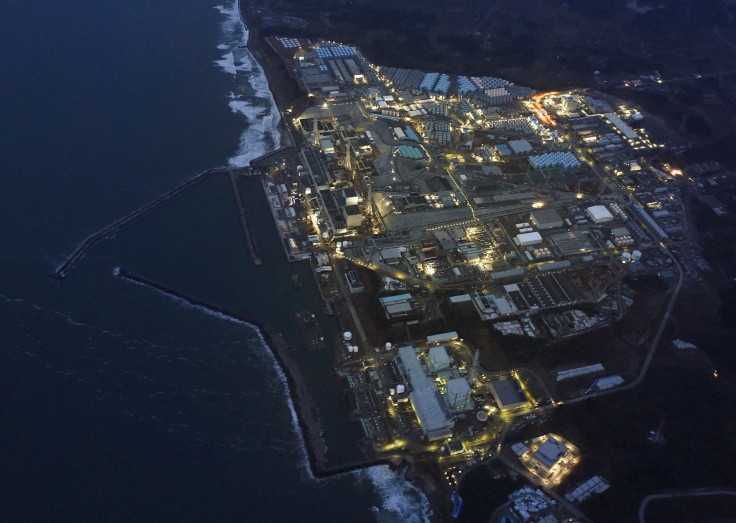Fukushima News: Fuel Rods Removal From Reactors Begin 8 Years After Disaster

The operator of the crippled Fukushima Daiichi nuclear power plant in Japan is, for the first time, removing fuel rods from a storage pool near one of the three reactors that melted down in the 2011 disaster. The move is being hailed as a milestone in the decades-long process to decommission the plant.
The plant’s operator, Tokyo Electric Power (Tepco), said early Monday workers started removing the first of 566 fuel units stored in the pool at building No 3. The fuel rods stored in this unit's cooling pool were not damaged in the 2011 disaster, when a 9.1-magnitude earthquake and tsunami caused a subsequent nuclear disaster that was the worst since Ukraine's Chernobyl meltdown in 1986.
In a statement to local media Kyodo news, Tepco said the removal at Unit 3 would take two years, to be followed by the two other reactors. The company also said the more critical part would be the removal of molten fuel from inside the damaged reactors. Tepco also said transferring the fuel rods — nearly 1,500 of them still inside the storage pools of the three reactors that melted in 2011 — to safer ground would better protect them in the event of another catastrophic earthquake.
“Thanks to their training, the work has been going smoothly,” Tomohiko Isogai, the director of the nuclear plant, was quoted as saying by the Japanese broadcaster NHK. Isogai added that plant officials were “very sorry” over the delays. About 7,000 employees have worked to decommission the plant since 2011.
The work at the Fukushima plant began after Japan's Prime Minister Shinzo Abe pledged to revive neighborhoods evacuated after the meltdown. Just a few days ago, people started moving back to the town of Okuma, close to the plant, after authorities said radiation levels there had fallen to a safe level.
According to Kyodo news, so far only 367 people, or 3 percent of Okuma’s pre-disaster population of 10,341, have registered as residents.
Last year, Japan acknowledged for the first time that exposure to radiation at the site had caused the death of a worker. The man, who worked mostly at the Fukushima Daiichi plant over 28 years and died of lung cancer, was responsible for measuring radiation at Fukushima Daiichi. The government said at the time he wore a protective jumpsuit and a full face mask while working, according to the New York Times.
In July 2017, an underwater robot deployed into one of Fukushima’s defunct nuclear reactors found chunks of melted fuel debris. The robot was sent into the reactor through a pipe meant to prevent the escape of radioactive gas. While the exact location and other details of the melted fuel were largely unknown, officials sent in the robot again in February with tongs to remove pebbles of nuclear debris from the Unit 2 reactor. However, it was unable to remove larger chunks, indicating a robot would need to be developed that can break the chunks into smaller pieces — a process that could be a challenging part of the decommissioning.
© Copyright IBTimes 2024. All rights reserved.











